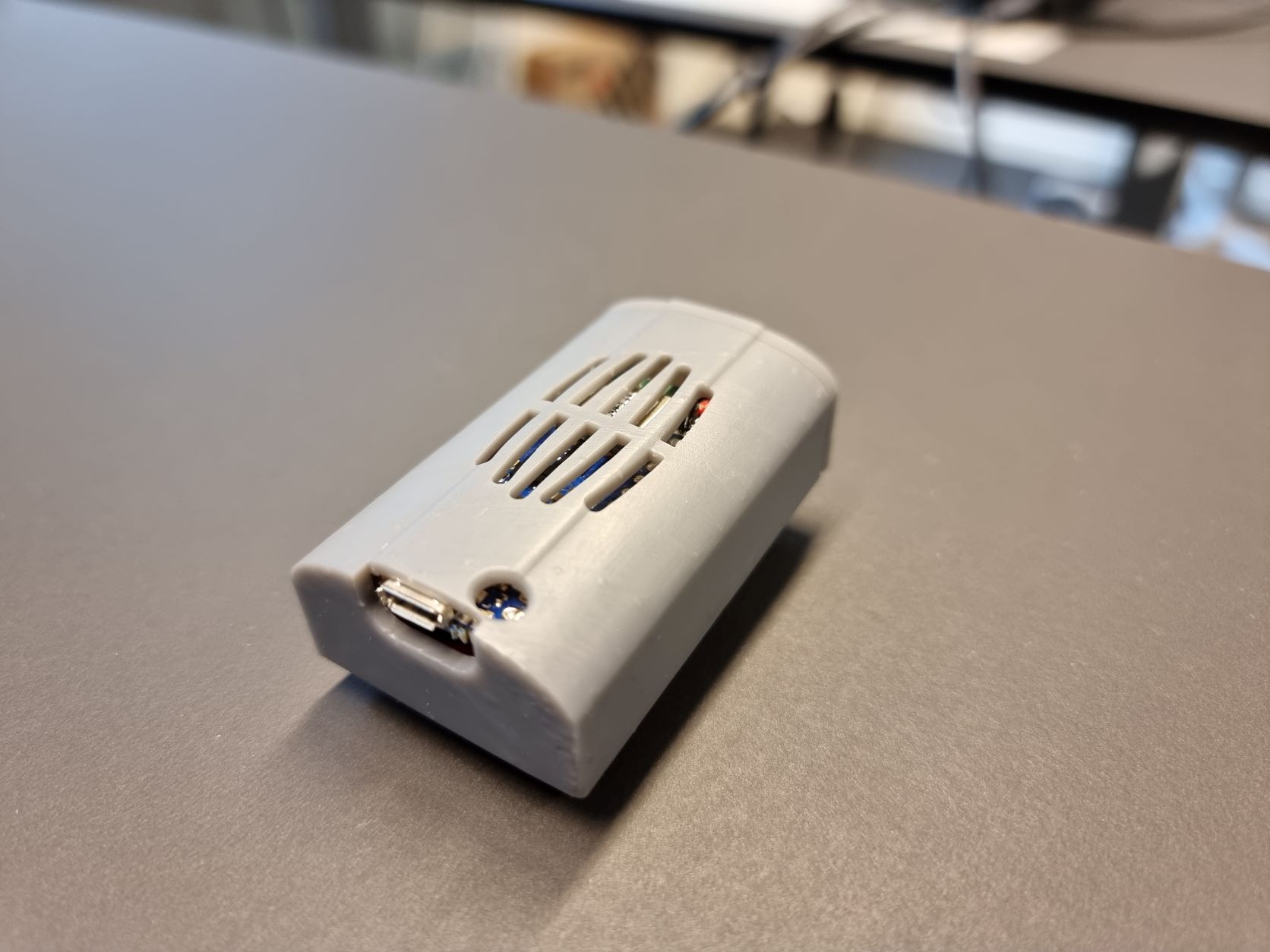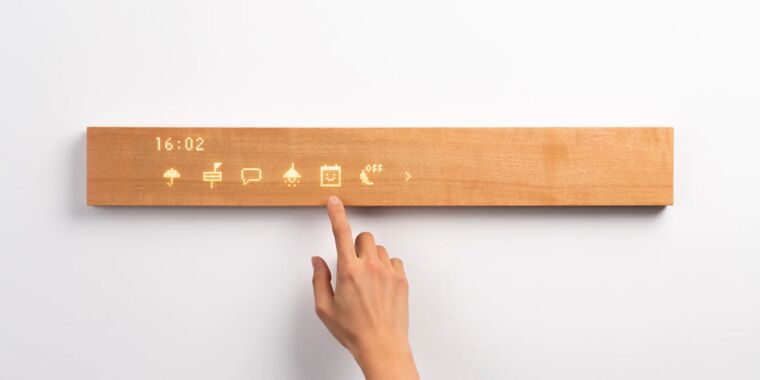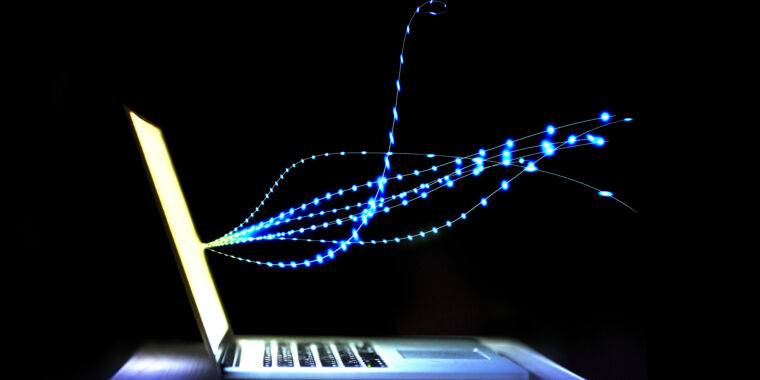This wearable cough monitor can help improve the detection of respiratory diseases
This wearable cough monitor can help improve the detection of respiratory diseases
Arduino Team — November 14, 2022

A lot of illnesses involve coughing as one of their primary symptoms, but none are as concerning as chronic obstructive pulmonary disease (COPD), which causes blockages in airflow and other breathing problems in people who have it. Constant monitoring of cough frequency and intensity is essential to monitor the quality of disease treatment, but current solutions are not practical outside of a hospital setting.
Eivind Holt came up with the idea of using an Arduino Nano 33 BLE Sense running a custom TinyML model to automatically classify sounds as cough or not and report them to a cloud service. Once a total of 647 audio samples were collected, Eivind trained a Keras neural network using Edge Impulse, which was able to correctly identify the sound approximately 99% of the time. The program he wrote for the Nano creates a custom BLE service with a single cough count feature that increments for each detection.

Getting the cough count from the local device to the cloud for later analysis and display was achieved by using the nRF Android app to receive BLE data and transmit it to the nRF Cloud . During this, a pair of 500mAh batteries were connected and the whole thing was placed in a 3D printed case that could easily sit close to a person's neck.
To learn more about how Eivind designed and built this valuable project, check out the Edge Impulse documentation page.

Arduino Team — November 14, 2022

A lot of illnesses involve coughing as one of their primary symptoms, but none are as concerning as chronic obstructive pulmonary disease (COPD), which causes blockages in airflow and other breathing problems in people who have it. Constant monitoring of cough frequency and intensity is essential to monitor the quality of disease treatment, but current solutions are not practical outside of a hospital setting.
Eivind Holt came up with the idea of using an Arduino Nano 33 BLE Sense running a custom TinyML model to automatically classify sounds as cough or not and report them to a cloud service. Once a total of 647 audio samples were collected, Eivind trained a Keras neural network using Edge Impulse, which was able to correctly identify the sound approximately 99% of the time. The program he wrote for the Nano creates a custom BLE service with a single cough count feature that increments for each detection.

Getting the cough count from the local device to the cloud for later analysis and display was achieved by using the nRF Android app to receive BLE data and transmit it to the nRF Cloud . During this, a pair of 500mAh batteries were connected and the whole thing was placed in a 3D printed case that could easily sit close to a person's neck.
To learn more about how Eivind designed and built this valuable project, check out the Edge Impulse documentation page.
What's Your Reaction?






















